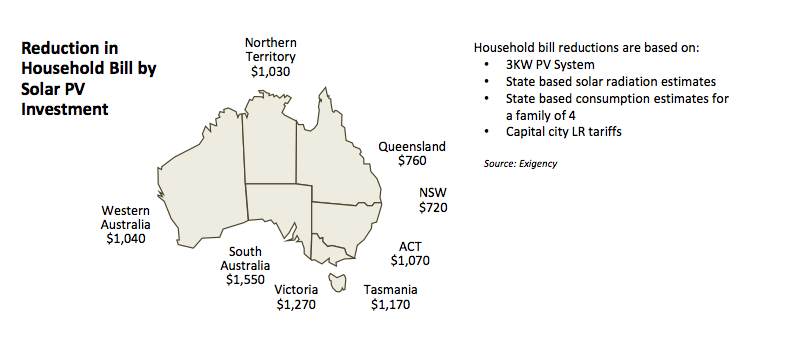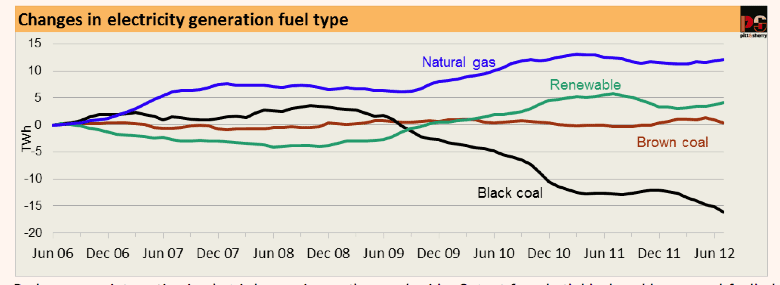Transformation technologies - What The Institution of Engineering and Technology assesses today.
A somewhat long but very good article summarises the current situation and - without bias - outlines the way forward. Here are a few snippets:
The challenge is to limit the temperature rise to a manageable 2°C. The ability to achieve this target is slipping away unless drastic action is taken over the coming decade, a sentiment echoed by a recent report by the International Energy Agency (IEA). In its annual Energy Technology Perspectives (ETP) it says that a host of new technologies is ready to transform the energy system, offering the potential to reduce carbon emissions drastically, enhance energy security and generate a huge investment return. But it goes on to warn that, despite some recent progress in deploying renewable energy, most clean-energy technologies are not on track to make their required contribution to reducing carbon dioxide (CO2) emissions and thereby provide a more secure energy system.
“While our efforts to bring about a clean energy transformation are falling further behind, I want to stress the golden opportunity before us: if significant policy action is taken, we can still achieve the huge potential for these technologies to reduce CO2 emissions and boost energy security,” said IEA executive director Maria van der Hoeven. “Now that we have identified the solution and the host of related benefits, and with the window of opportunity closing fast, when will governments wake up to the dangers of complacency and adopt the bold policies that radically transform our energy system? To do anything less is to deny our societies the welfare they deserve,” she said.
...
The pathway to sustainability is to limit the rise in temperature to 2°C. To give us an 80 per cent chance of reaching this reduced level of CO2 emissions must be cut down by more than half between 2009 and 2050.”
...
The most important recommendation in ETP 2012 is that a sustainable energy system needs to be smarter, more unified and more integrated than the present system. “To put it simply, today’s system, which is essentially fossil based, is centralised and one-directional,” Bo Diczfalusy, director of sustainable policy and technology, IEA, explains. “The system that we envisage for 2050 is multi-directional and more decentralised.
...
Read the article in full and if you like save it as pdf to read later.



